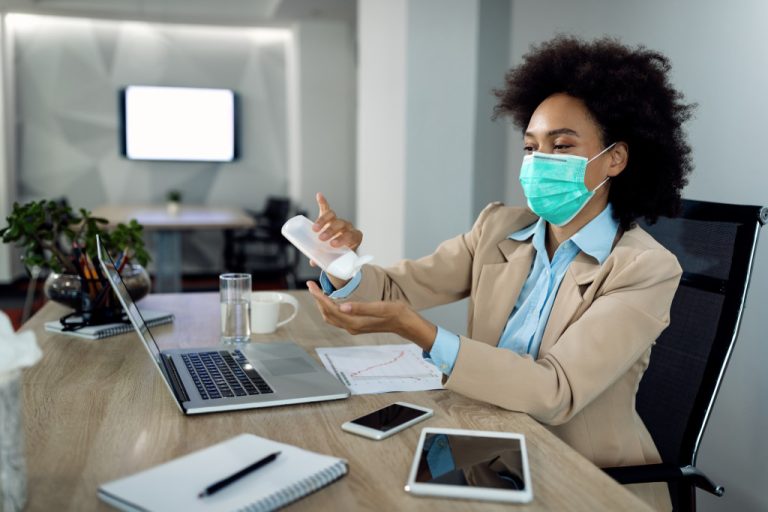A lot of countries have lifted strict lockdowns in March. As they try to revive the economy, establishments have begun to open, and offices are resuming their business hours.
Indoor air is two to five times more polluted than outdoor air, according to EPA. With the pandemic still present, staying in an enclosed space with twenty or a hundred people poses a risk of contracting the virus. In these spaces, good indoor air quality needs to be maintained—with strict parameters—to keep the employees safe.
For example, the air inside the office needs to be replaced once every two hours to flush out the toxins. Air purifiers also help capture harmful substances in the air, possibly including the virus responsible for COVID-19.
Other symptoms can arise from poor indoor air quality in the office. Employees can have allergies and irritations from the dust circulating in the enclosed space. To avoid this, regular air duct cleaning services should be conducted to avoid introducing dust, molds, etc. into the air.
Sick Building Syndrome
Sick building syndrome has symptoms that are not specific to one cause. According to NCBI, sick building syndrome is “a situation in which the occupants of a building experience acute health- or comfort-related effects that seem to be linked directly to the time spent in the building.”
People in the building can experience headaches, dizziness, and nausea. Various irritations could also occur, such as itchy skin, eyes, throat, and dry cough. It could also mimic a common cold and cause allergies. For some people, these symptoms go away when they leave the building.
Because of these symptoms, their performance at work can be greatly affected. Productivity can decrease because the sicker employees feel, the more prone they are to absences. Sick building syndrome prevents employees from being at the top of their game because of the inconveniences brought about by the symptoms.
Indoor Air Quality
Several air pollutants present inside establishments without proper ventilation. When humans breathe, they release carbon dioxide in the air. Little things like the microns that are stuck on the soles of shoes are brought into the indoor environment of the office. There might also be corners that haven’t been dusted for a long time. Chemicals from sprays such as air fresheners or anti-bacterial sprays also remain in the air.
To improve the air quality inside the office, here are simple tips to consider:
1. Proper Ventilation
Ventilating systems are usually incorporated into buildings. This is especially useful when the windows of the building cannot be opened. With mechanical ventilation, the air from indoors and outdoors can circulate inside the building even though it’s air-sealed.
Natural ventilation is a low-cost option if the office windows can be opened. Through this type of ventilation, the wind circulates inside the office and flushes out the air and other harmful particles. However, this is a double-edged sword because it welcomes the pollutants of the outdoors into the office.
2. Regular Cleaning

Regular cleaning ensures that the surroundings of the office are free from potential sources of microns. It could be dust that has accumulated on old files, tables, cabinets, etc. Molds can also be sitting in the air duct or moist areas of the office. The carpet can also hold a lot of harmful pollutants that are released in the air.
It’s easier to mitigate sources when they are eliminated regularly. Cleaning would also allow the personnel to spot potential problems early on because they go through the nook and crannies of the space, preventing them from growing into massive problems in the future.
3. Air Purifiers
Air purifiers suck the air from the environment and sift it through a series of filters that traps particles that are as small as 0.3 microns. When they release the air, it is clean and free from harmful particles. New theories have arisen that filters can capture particles that are 0.01 microns in size, thereby including the virus that causes COVID-19.
A natural option is indoor plants. They convert the carbon dioxide that people release in the air to fresh air via photosynthesis. They also can absorb toxins, acting as natural air purifiers. Plants also have a calming effect, which is good for employees who are going through stressful tasks. They can remind the environment, as employees are stuck indoors for most of the day.
Employees spend most of their days—even lives—at work, so it’s only fitting to create an environment that promotes their health rather than impair it in the long run. Think of it as an investment because it helps keep the employees happy, satisfied, and productive.



